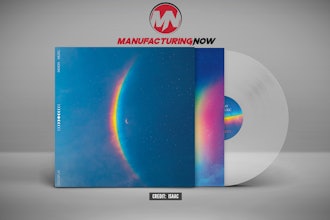NASA recently chose a handful of projects for special funding through the Administration’s Innovative Advanced Concepts program, or NIAC.
Operating under the guidance of having the “potential to transform future aerospace missions, introduce new capabilities and significantly improve current approaches,” these grants are worth up to $500,000.
One of the winning entries was from Robert Youngquist and stemmed from the development of what he refers to as a Solar White coating.
During the initial states of a study also funded by NASA’s NIAC program, Youngquist’s team discovered a potential coating capable of reflecting more than 99.9 percent of the sun’s energy, while simultaneously keeping temperatures on the other side of the coating below 50-degrees Kelvin – the freezing point of oxygen.
So basically, it’s like late June in Wisconsin on one side and … early June in Wisconsin on the other.
In addition to helping others sympathize with the plight of Wisconsinites, applications could include long-term cryogenic storage or allowing for high temperature superconductor operations in space – as the coating not only deflects solar heat, but the dangerous radiation it contains.
This could be a key development in transporting fuel sources and materials like liquid oxygen for longer distances. It could also help preserve conductive heating elements crucial to operating rovers and other space vehicles.






















